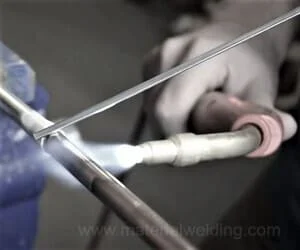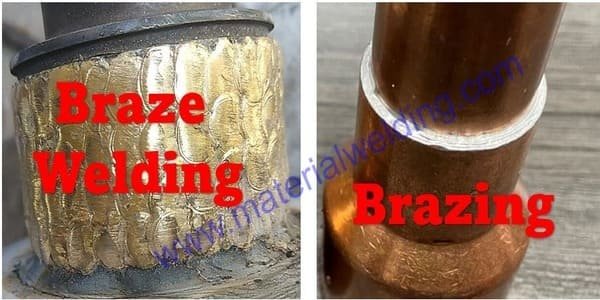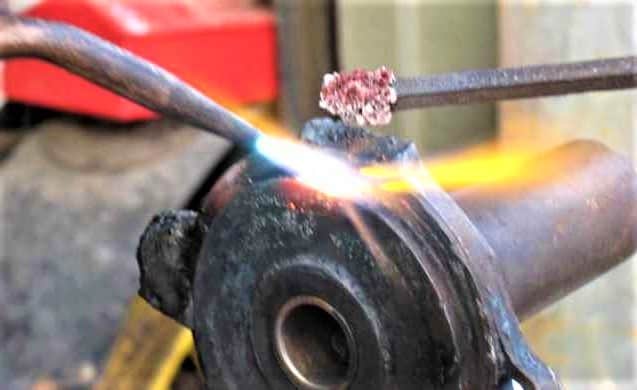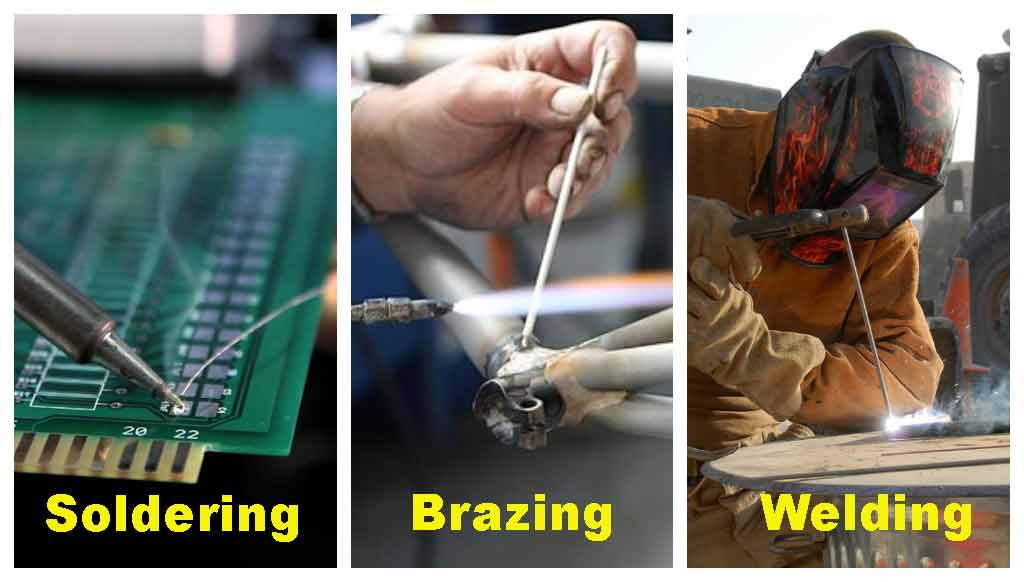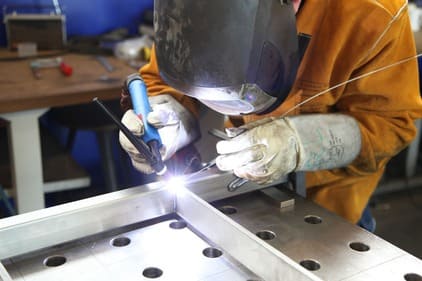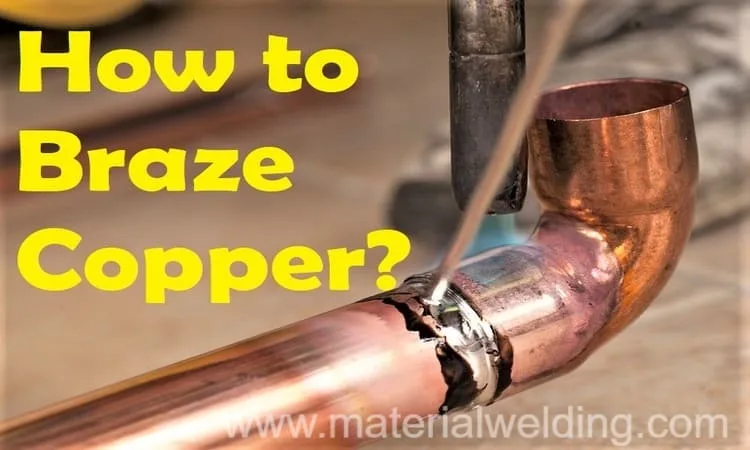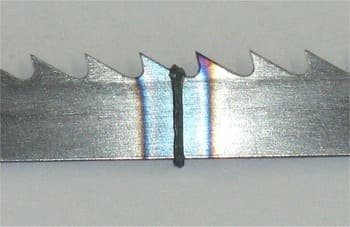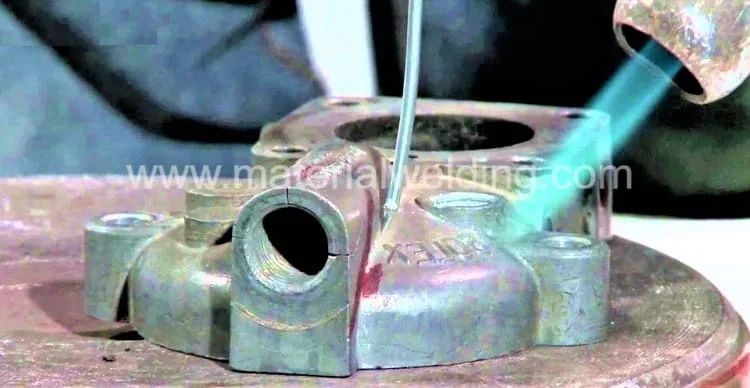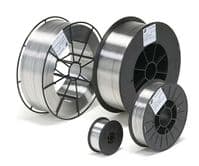To braze aluminum successfully, you need to know the right brazing rod, flux, brazing temperature, and necessary tools.
This article list step by step procedure to successfully guide you on How to Braze Aluminum at home or workplace.
Brazing aluminum is a process of joining two pieces of metal together with a filler metal called Brazing Rod.
The brazing rod has a lower melting point than the aluminum, so it can flow into the joint by capillary action and create a strong bond between the two pieces without melting the base metal. Brazing is often used to join aluminum to other metals, such as copper or steel.
Click here to read my article on Aluminum to Copper Brazing Guide.
It is a versatile technique that can be used on a variety of metals, including aluminum.
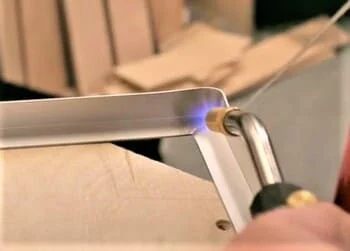
When brazing aluminum, it is important to use the proper tools and materials to ensure a strong, durable joint.
What is needed to braze aluminum Successfully?
In order to braze aluminum, you will need a few supplies. First, you will need brazing wire rod. You can use either flux cored wire rod or bare type brazing wire.
Second, you will need brazing flux if you are using bare brazing wire rod. This helps to prevent oxidation and ensures a strong bonding between brazing pool and base metal.
Third, you will need a gas torch such as acetylene torch or propane torch. This provides the heat needed to melt the brazing wire and join the two pieces of aluminum together.
Finally, you will need dark safety glasses and a stainless-steel wire brush. The safety glasses protect your eyes from the heat of the torch, and the wire brush helps to clean the surface of the aluminum before you start brazing and after finishing the joining.
In summary, to braze aluminum, you will need:
- A soldering torch or other heat source
- Brazing rods or Solder wire
- Flux- Powder form or liquid or a Flux Pen
- Protective gear (gloves, goggles)
How to braze aluminum step by step?
Brazing aluminum is a popular method for joining aluminum components. The process is relatively simple and does not require expensive equipment (refer above list of tooling needed for brazing).
Follow this step-by-step guide for brazing aluminum successfully:
1. Surface Cleaning: Begin by cleaning the surfaces of the aluminum components that will be joined. This can be done with a wire brush or sandpaper. Ensure all oxide layer from aluminum surface is removed either by grinding or use acetone.
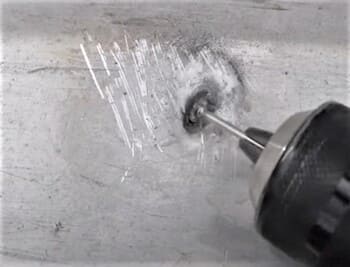
Any dirt, grease, or oxide on the surface can prevent the molten metal from bonding properly. Make sure surface is cleaned fully before you heat it up.
2. Joint Design: Place the two pieces of aluminum together so that they are flush with each other. Try to have a minimal gap if using brazing. You can keep a joint clearance of 0.002 in to 0.008 inches for brazing. Use jigs to hold the parts for larger size. As you know aluminum expand very fast and it is prone to more distortion compared to other metals.
3. Flux Application: Dip the brazing rod in brazing flux if using bare soldering rod. For Flux cored brazing or Soldering wire, no need to apply brazing flux. Apply flux on aluminum surface so it can provide good bonding between metal surface and brazing liquid pool.
4. Heating: Heat the joint with a propane torch or oxyacetylene torch until the flux begins to flow and bubbly. Heat around the joint to ensure a right temperature gradient to prevent fast cooling of joint.
5. Adding Brazing Filler to joint: Apply heat evenly around the joint until the temperature reaches about 1200 degrees Fahrenheit. At this point, you can begin adding brazing filler metal to the joint. Add slowly the brazing wire and apply heat to make it flow in the joint.
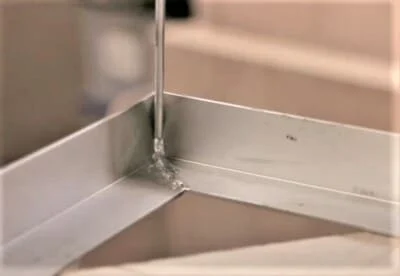
Adding the filler slowly is very important. Keep applying brazing flux with every dip as flux is the main ingredient that allow bonding between hot aluminum base metal and molten brazing/ soldering pool.
6. Final Cleaning: Continue the operation until the complete brazing is carried out. After completion, you may observe blackening of aluminum surface. This is nothing to worry. Use the wire brush to clean the surface or use acetone.
Aluminum Brazing Rods
Aluminum brazing rods are knowledge is essential to learn How to Braze Aluminum. These rods are used to join aluminum to itself or to other metals. BAlSi-4 is an aluminum brazing rod with a silicon content of 4%.
COR-AL Flux cored wire is an aluminum brazing rod with a flux core. BAlSi-2 is an aluminum brazing rod with a silicon content of 2%. BAlSi-3 is an aluminum brazing rod with a silicon content of 3%.
Click here to know the differences between Brazing- Soldering & Welding.
In Summary, following Aluminum Brazing Rods are available in market to braze aluminum and aluminum to other metals such as steel or copper:
- BAlSi-4: Aluminium-silicon base brazing wire. free flow brazing wire with high corrosion resistance.
- COR-AL Flux cored wire: A Harris Alloy product for hand brazing.
- BAlSi-2 & BAlSi-5: Available in sheet and cladding, used only for Furnace and Dip Brazing.
- BAlSi-3: General purpose aluminum brazing-soldering wire.
- BAlSi-7 & BAlSi-9: For vacuum brazing of Aluminum alloys
Benefits of Aluminum Brazing or other joining methods
In the search for joining materials with the best combination of properties, many designers turn to aluminum brazing.
Brazing is a process in which two or more materials are joined together by melting and flowing a filler metal into the joint, bonding the materials together. When properly executed, brazing can create a joint that is stronger than the base metals being joined.
Brazing is a joining process that uses a filler metal to join two base metals together. The filler metal has a lower melting point than the base metals, so it can be melted and drawn into the joint without melting the base metals. Brazing can be used to join aluminum, brass, bronze, copper Brazing, iron, steel, and nickel alloys.
One advantage of aluminum brazing is that it can be used to join dissimilar metals. This opens up design possibilities that would otherwise be unavailable. Aluminum brazing is fast and efficient.
Brazing compared over to other joining methods such as welding or adhesive bonding is that Brazing does not require as much heat as welding, so it can be used on sensitive materials that might be damaged by the high temperatures of welding.
Brazing also produces a stronger joint than adhesive bonding because the filler metal forms a metallurgical bond with the base metals.
Why should you go for Aluminum Brazing?
Braze Aluminum methods is advantageous compared to welding or adhesive bonding. The main features of Aluminum Brazing are:
- Ease of Portability: It can be used at any place with minimal equipment requirements.
- Cost: No costly machine is required.
- Dissimilar material joining: Very easy as no base metal melting is required.
- Safety and occupation risk: No risk of electric shock in brazing.
- Process adaptability: Brazing can be used for most of material types.
- Low Risk of distortion: Due to less heat, risk of distortion or warpage is minimal in brazing.
- Skills: Easy to carry out, less brazers skills required.
